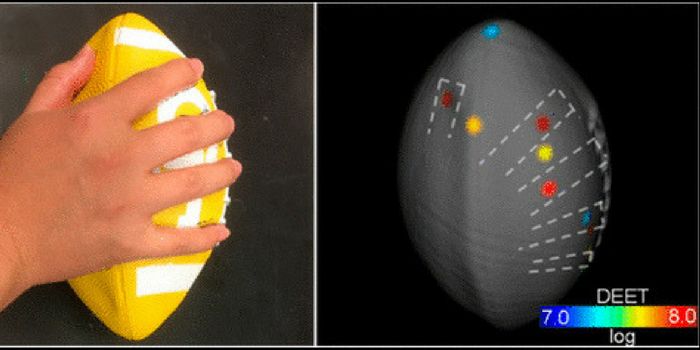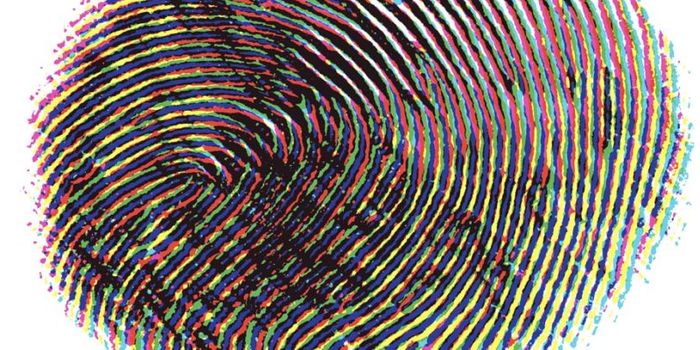Forensic physics
Forensic physics applies the principles of physics, which define the structure of matter and how molecules within the universe interact, to forensic investigations. Forensic investigations are carried out to collect and analyze evidence related to a suspected crime. Examples of methods used in forensic physics are involved in density and refractive index measurements used in soil, glass, and paint examination and ballistics analysis to determine if a specific firearm was used in the commission of the suspected crime.
-
MAY 09, 2018Space & AstronomyAll space rocks may look alike to the untrained eye, but scientists know how to tell them apart. Their composition, for ...Written By: Anthony BouchardMAY 02, 2018Genetics & GenomicsA research team has learned more about the genes that influence our hair color.Written By: Carmen LeitchAPR 23, 2018Chemistry & PhysicsEight years ago Michigan investigators charged a man with the burning death of his six-year-old daughter. But the father ...Written By: Daniel DuanAPR 11, 2018Chemistry & PhysicsMass spectrometry (MS) is a sensitive and versatile analytical technique that can detect, identify and quantify test mol ...Written By: Daniel DuanFEB 21, 2018Chemistry & PhysicsEerie and distinctive, the smell of a dead body comes mainly from small molecules known as diamines, products of degrada ...Written By: Daniel DuanOCT 04, 2017Cell & Molecular BiologyScientists have learned more about the mechanisms behind our body's natural abilities to repair small wounds.Written By: Carmen LeitchAPR 12, 2017TechnologyThe fingerprint-based security systems on phones and other electronic devices may be more vulnerable than previousl ...Written By: Futurity (futurity.org)NOV 19, 2016Cell & Molecular BiologyA trace of us is left on everything we come into contact with, in the form of microbes and trace amounts of chemicals. R ...Written By: Carmen LeitchAPR 24, 2015MicrobiologyA University of Colorado Boulder and North Carolina State University-led team has produced the first atlas of airborne m ...Written By: Judy O'Rourke
MAY 09, 2018
Space & Astronomy
All space rocks may look alike to the untrained eye, but scientists know how to tell them apart. Their composition, for
...
Written By:
Anthony Bouchard
MAY 02, 2018
Genetics & Genomics
A research team has learned more about the genes that influence our hair color.
Written By:
Carmen Leitch
APR 23, 2018
Chemistry & Physics
Eight years ago Michigan investigators charged a man with the burning death of his six-year-old daughter. But the father
...
Written By:
Daniel Duan
APR 11, 2018
Chemistry & Physics
Mass spectrometry (MS) is a sensitive and versatile analytical technique that can detect, identify and quantify test mol
...
Written By:
Daniel Duan
FEB 21, 2018
Chemistry & Physics
Eerie and distinctive, the smell of a dead body comes mainly from small molecules known as diamines, products of degrada
...
Written By:
Daniel Duan
OCT 04, 2017
Cell & Molecular Biology
Scientists have learned more about the mechanisms behind our body's natural abilities to repair small wounds.
Written By:
Carmen Leitch
APR 12, 2017
Technology
The fingerprint-based security systems on phones and other electronic devices may be more vulnerable than previousl
...
Written By:
Futurity (futurity.org)
NOV 19, 2016
Cell & Molecular Biology
A trace of us is left on everything we come into contact with, in the form of microbes and trace amounts of chemicals. R
...
Written By:
Carmen Leitch
APR 24, 2015
Microbiology
A University of Colorado Boulder and North Carolina State University-led team has produced the first atlas of airborne m
...
Written By:
Judy O'Rourke









